
Optical Telescopes
Backgrounders
Learn about the history of telescopes and the function of refracting and reflecting optical telescopes.
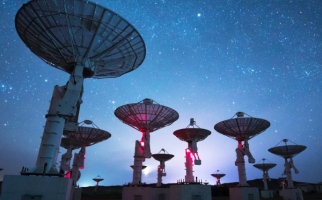
Radio Astronomy
Backgrounders
Learn about radio astronomy, a type of astronomy that studies objects in space using radio waves and radio telescopes.
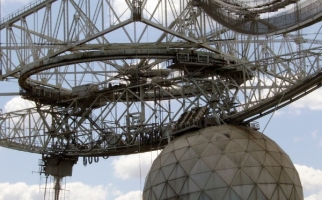
SETI - The Search for extraterrestrial Intelligence
Backgrounders
Some astronomers are not looking for stars, planets or galaxies. They are searching for intelligent life in the universe beyond our planet.

The Optics of Telescopes
Backgrounders
Learn about telescopes, how they work & why they're important to astronomers.
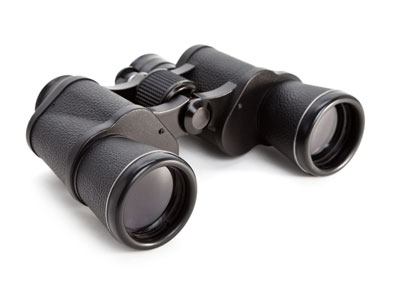
Why is everything so small down there?
Hands-on Activities
Explore how we see things far and near and from different angles. It's all about perspective!
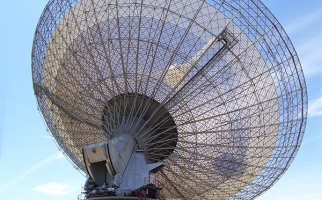
The Search for Extraterrestrial Intelligence - and How You Can Help!
STEM Explained
When astronomers search for extraterrestrial life, they often have to listen for radio waves coming from deep space. If you’re interested, you can help!
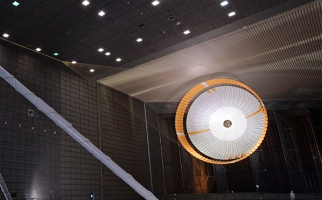
Testing Parachutes for Mars
STEM Explained
NASA engineers apply kinematics and dynamics to test parachutes designed specifically to help space probes land safely using aerodynamics.
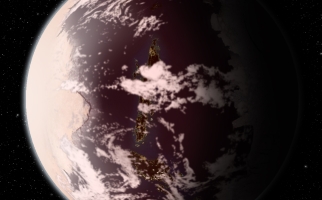
Searching for exoplanets around the star next door
STEM Explained
In planetary science, astronomers have found planets that orbit other stars, just like Earth orbits the Sun. Some of them might even be able to support life.